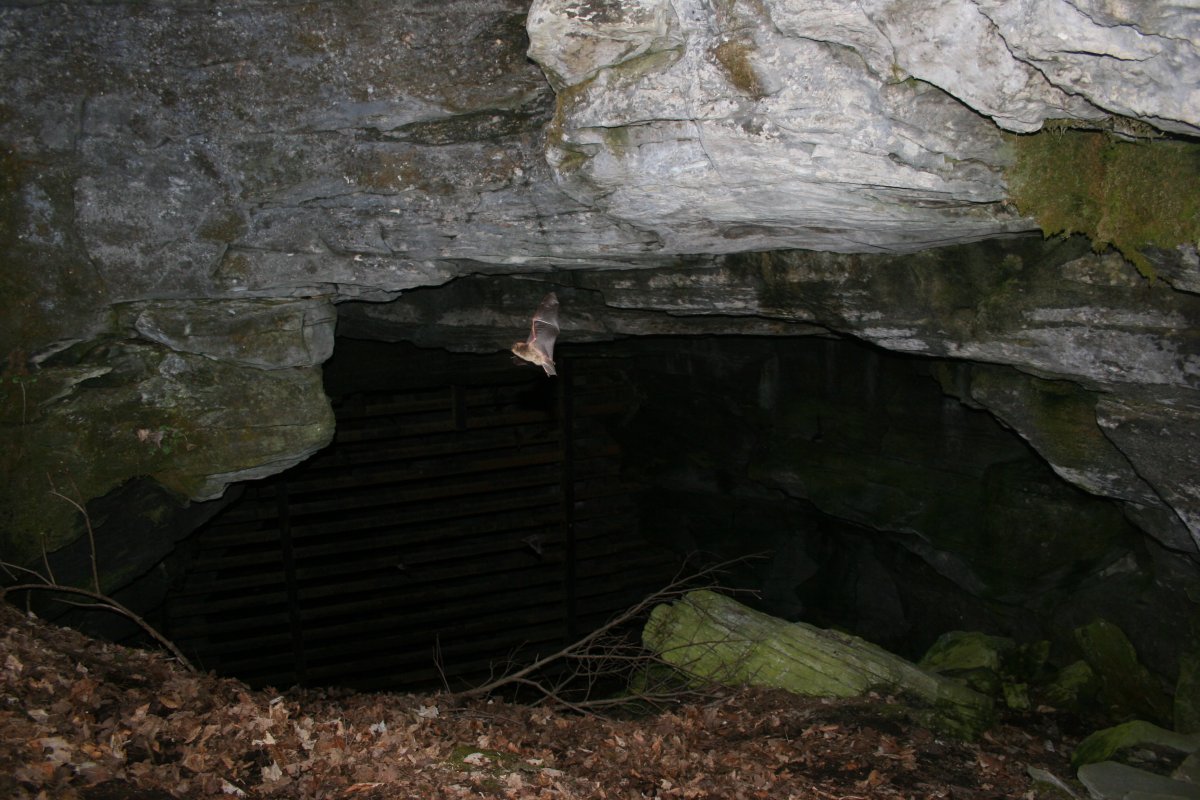White-Nose Syndrome (WNS), a deadly and incurable bat disease, still hasn’t been reported in the Okanagan and Similkameen and a local group is pushing to make sure that remains the case.

According to the Okanagan Community Bat Program (CBP), WNS was first detected in Washington state in March 2016.
READ MORE: White-Nose Syndrome found in WA State could spell disaster for B.C. bats
While harmless to humans, WNS is a fungal disease that’s killed millions of bats in eastern North America.
The disease has nearly wiped out bats in eastern Canada and in New Brunswick, it’s estimated about 99 per cent of little brown bats have died.
READ MORE: Why you should care about a syndrome that’s killing millions of bats in North America
“In the Okanagan we have 14 species of bats. They all eat insects, including those that impact the agricultural and forest industry and those that are disease-spreading pests such as mosquitoes,” Okanagan CBP coordinator Paula Rodriguez de la Vega said.
READ MORE: Okanagan biologists listening in on bats
To try and track spread of the disease, CBP volunteers have been looking into reports of any unusual bat activity and sending off bat remains to wildlife labs for testing.
“We are asking the public to report dead bats or any sightings of daytime bat activity to their local Community Bat Project (CBP) as soon as possible,” Mandy Kellner with the BC CBP said.
If you find a dead bat, CBP cautions to never touch it with bare hands as they can carry rabies.
So far no bats from B.C. have tested positive for WNS.
-With files from Amy Judd




Comments